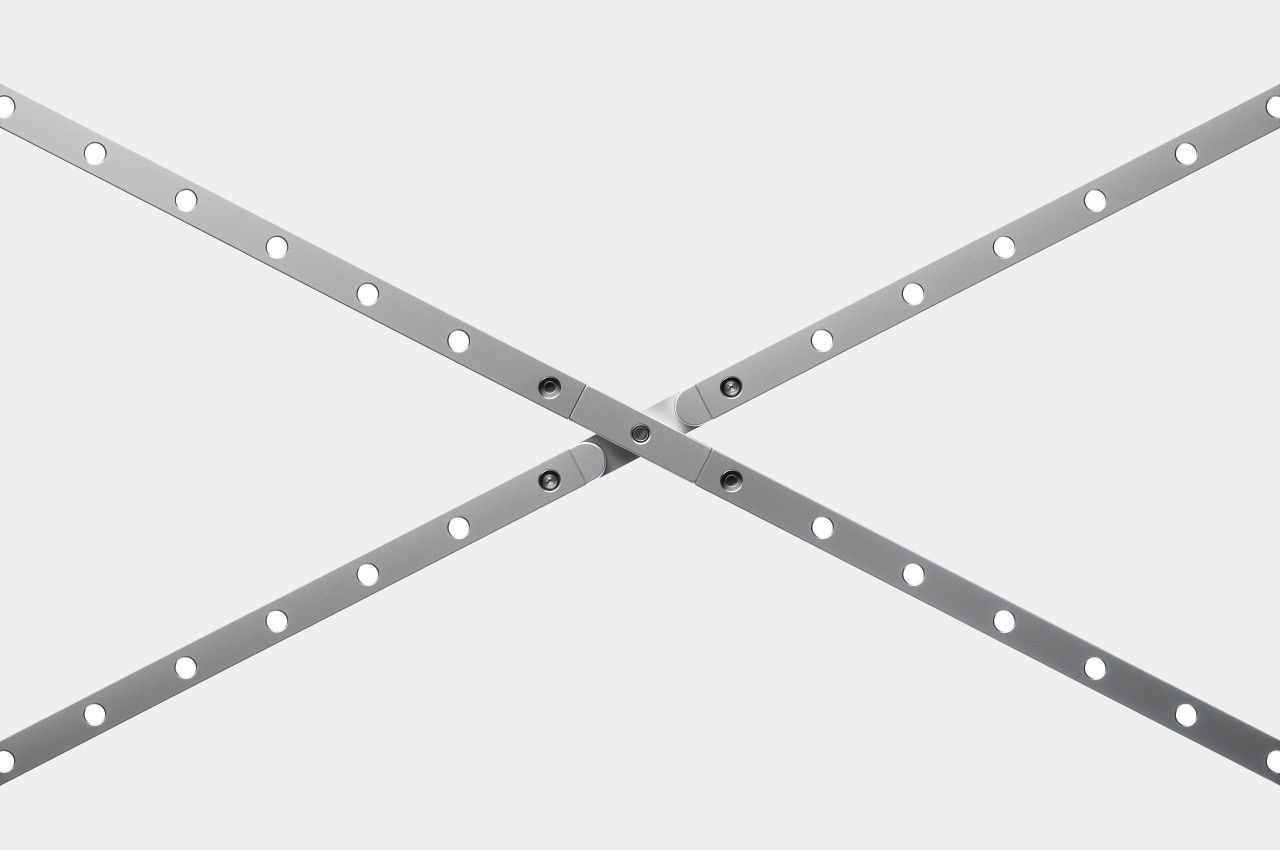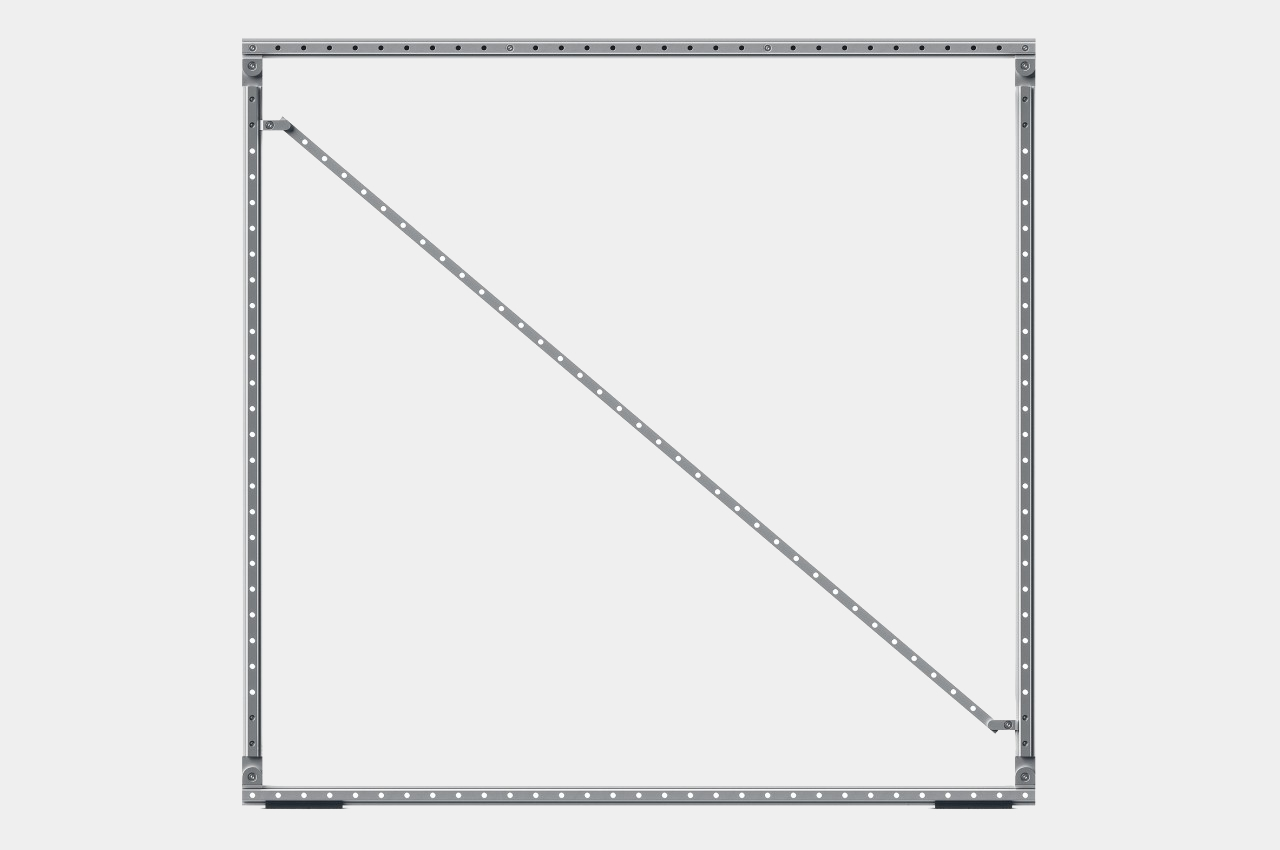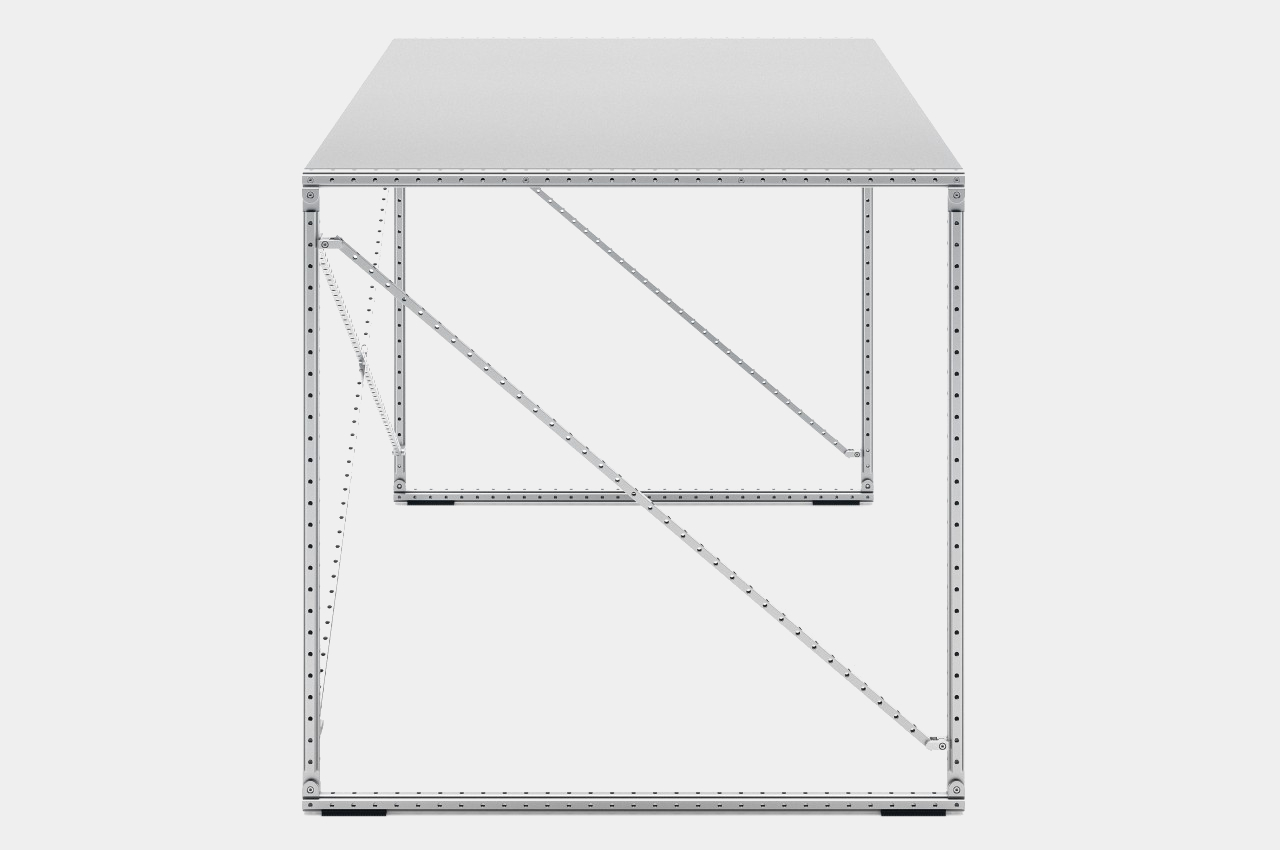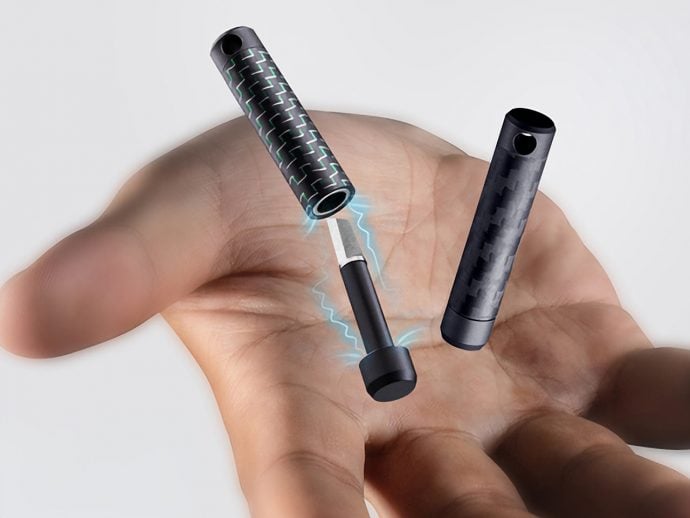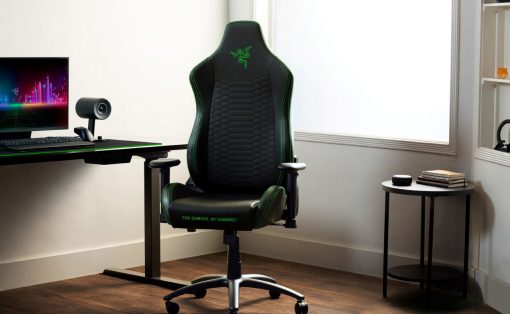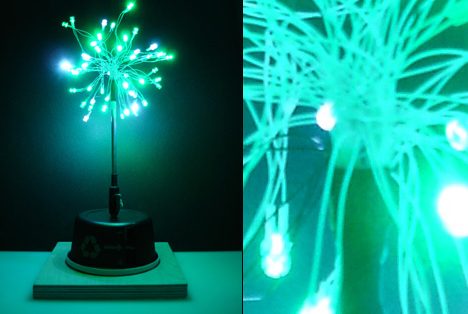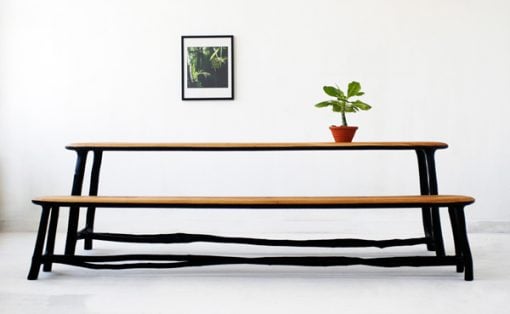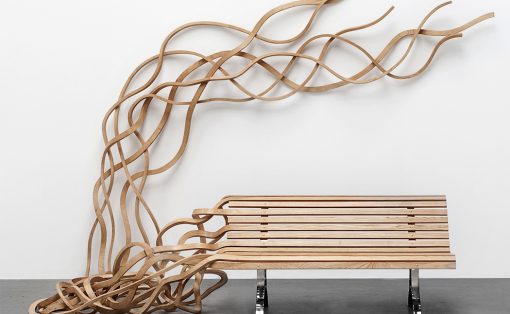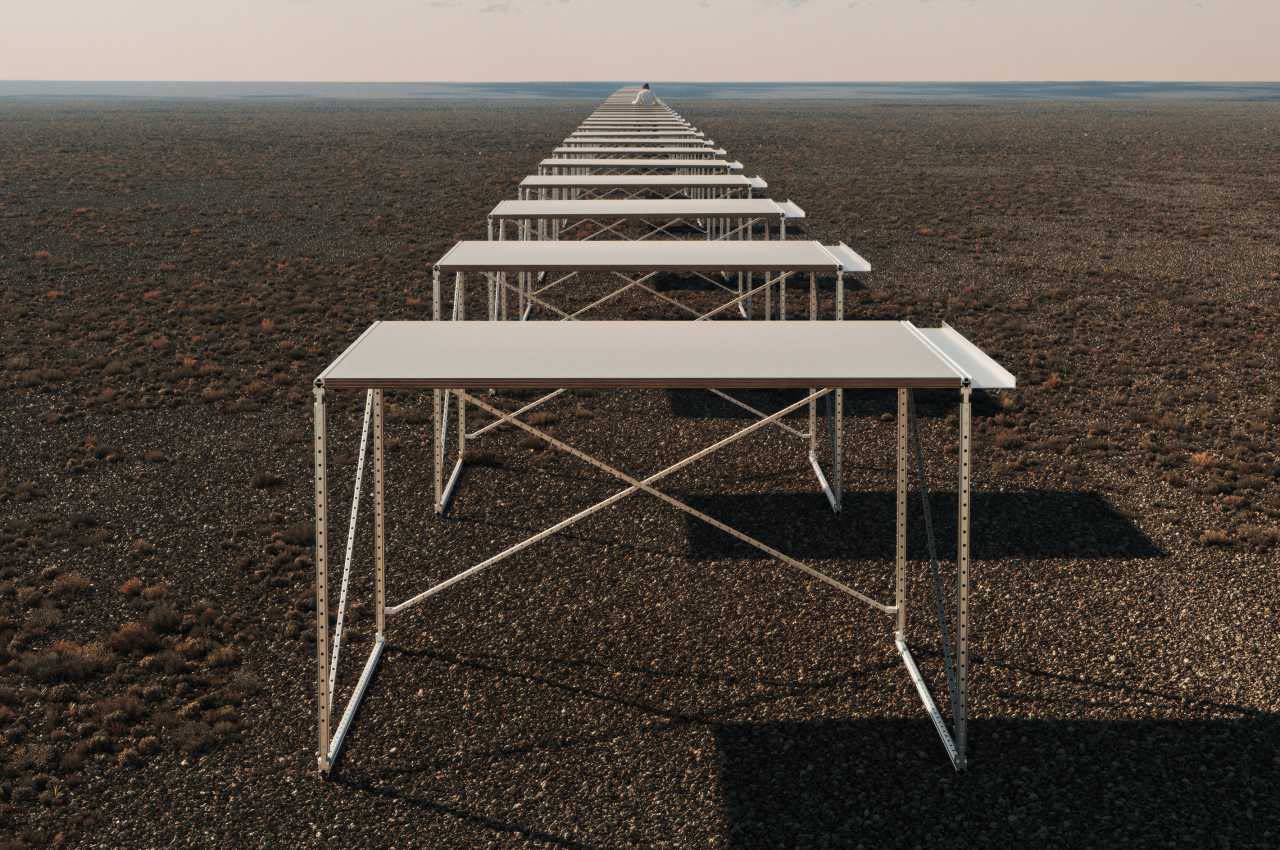
Some people need simple, clean tables to work on, while others require containers, sections, and additional parts that you might not find in common desks. It’s difficult to design for the lowest common denominator without severely compromising on other things, which is why modular desks and desk accessories have become more popular lately. Modular furniture, however, also brings its own kind of complexity, especially since it might lock you down into a specific way of doing things or storing your stuff. teenage engineering, better known for its funky-looking electronic music products, is offering a solution that its own workforce uses, providing nothing but the framework to which modules can attach later on as the owner sees fit.
Designer: teenage engineering
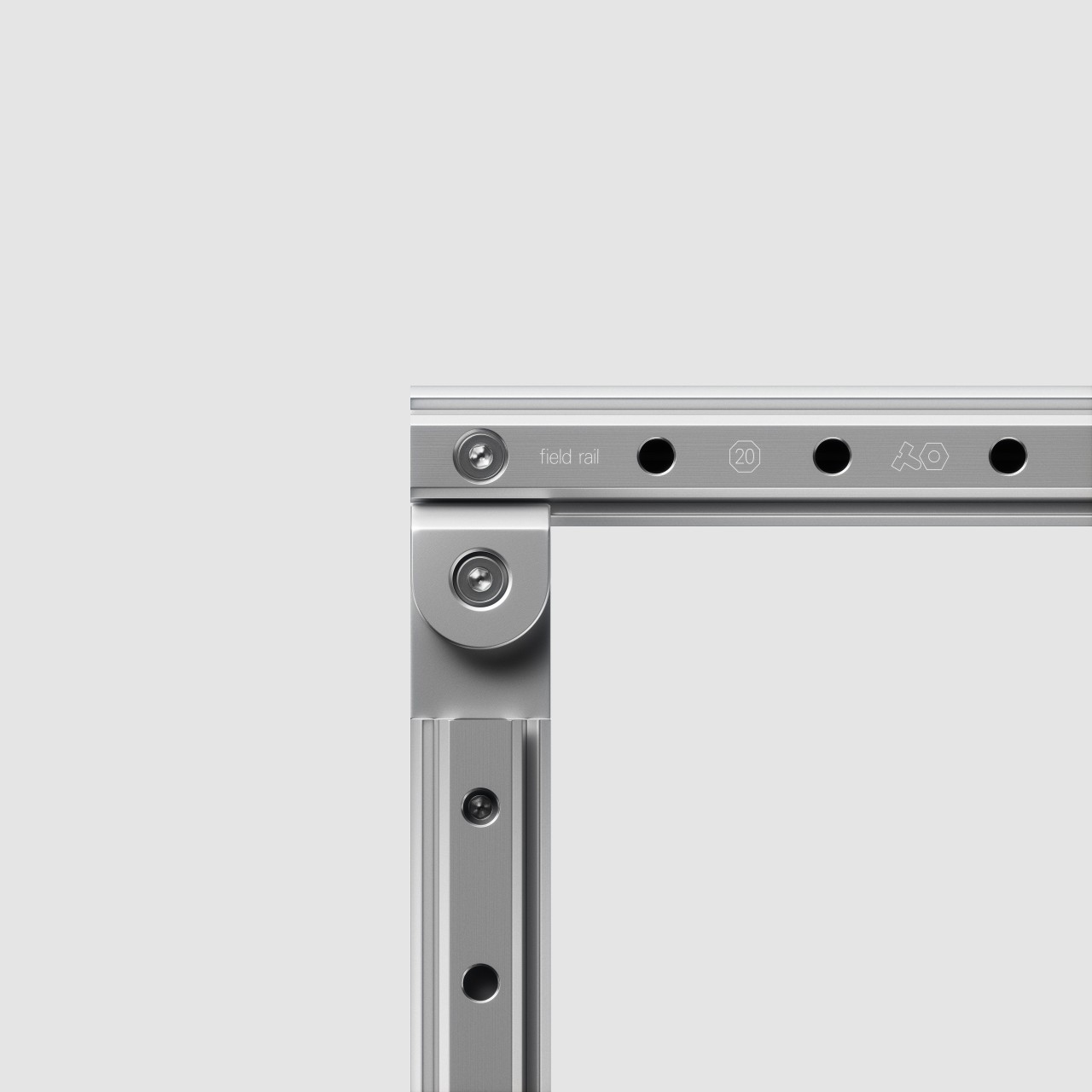
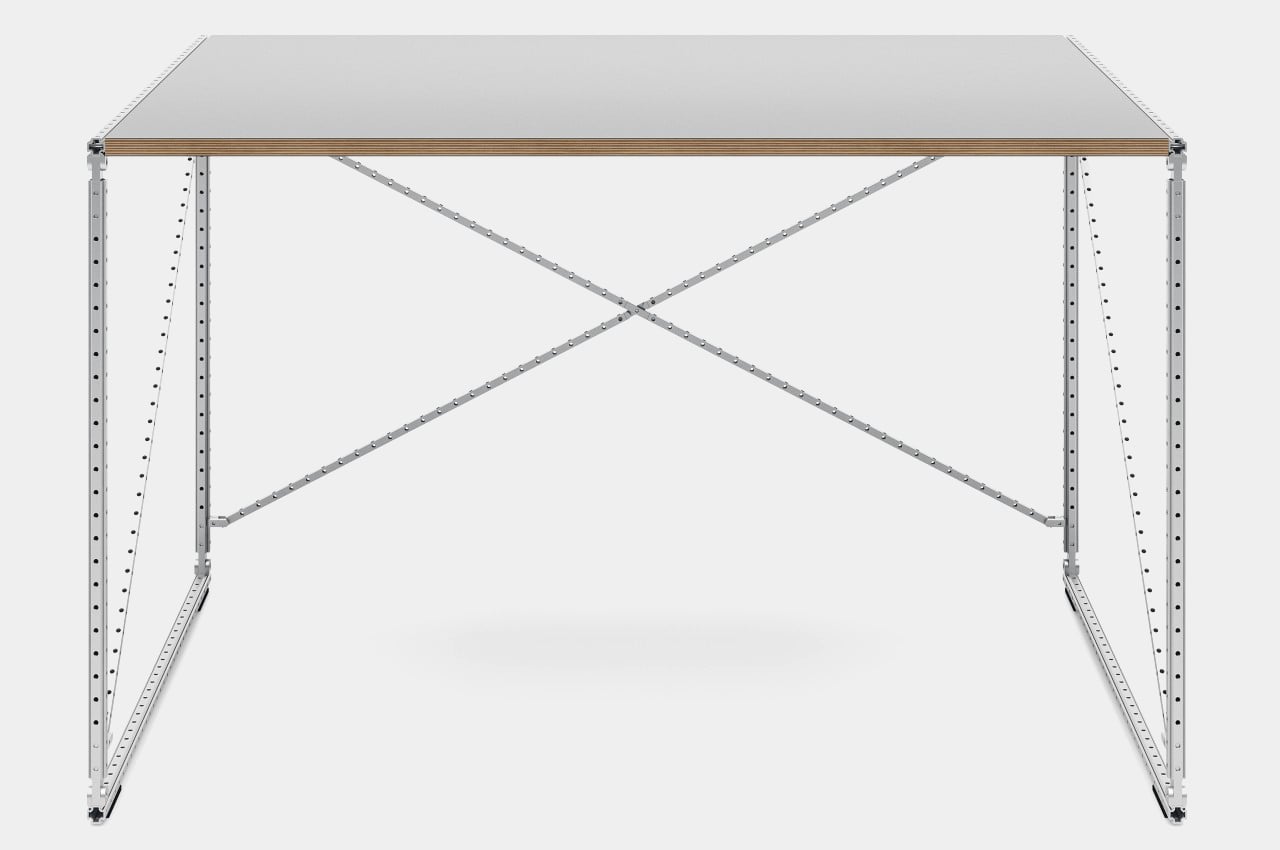
The field desk might not look like much at first glance, embracing a completely industrial aesthetic that perfectly fits teenage engineering’s name and distinctive design language. It basically looks like a frame of metal legs and trusses, topped by thick plywood for the desktop. That’s definitely an accurate description of the materials that make up this table, but that completely undersells the power that lies hidden in plain sight.
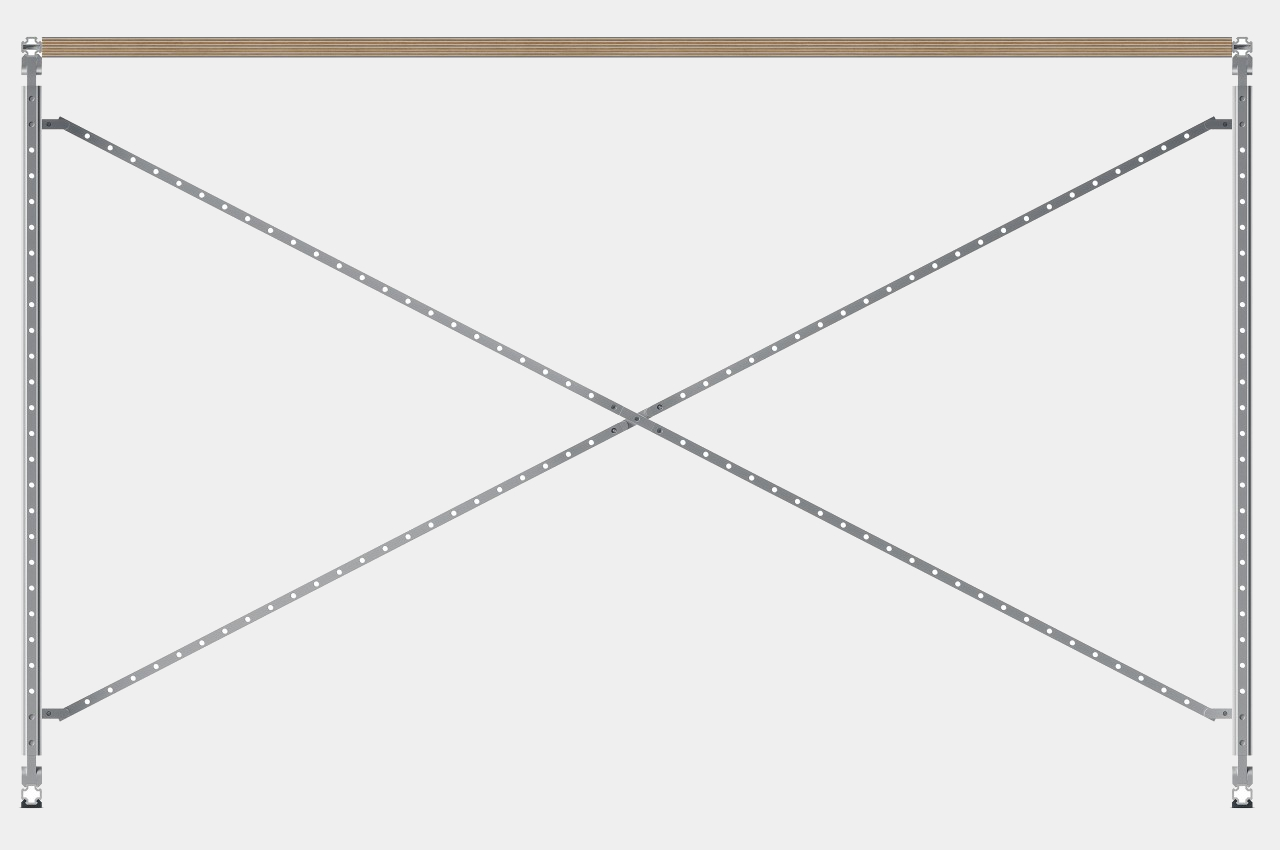

This table is the very same table that teenage engineering uses, so there has to be some trick to its simplicity. That trick is what it calls its “field rail system,” an open-ended range of interconnecting aluminum rails that enables attaching modules or additional parts to a piece of furniture like the field desk. This is what gives this otherwise ultra-minimalist desk its appeal at teenage engineering’s own HQ, allowing their employees to design their own workspace according to their needs and tastes.
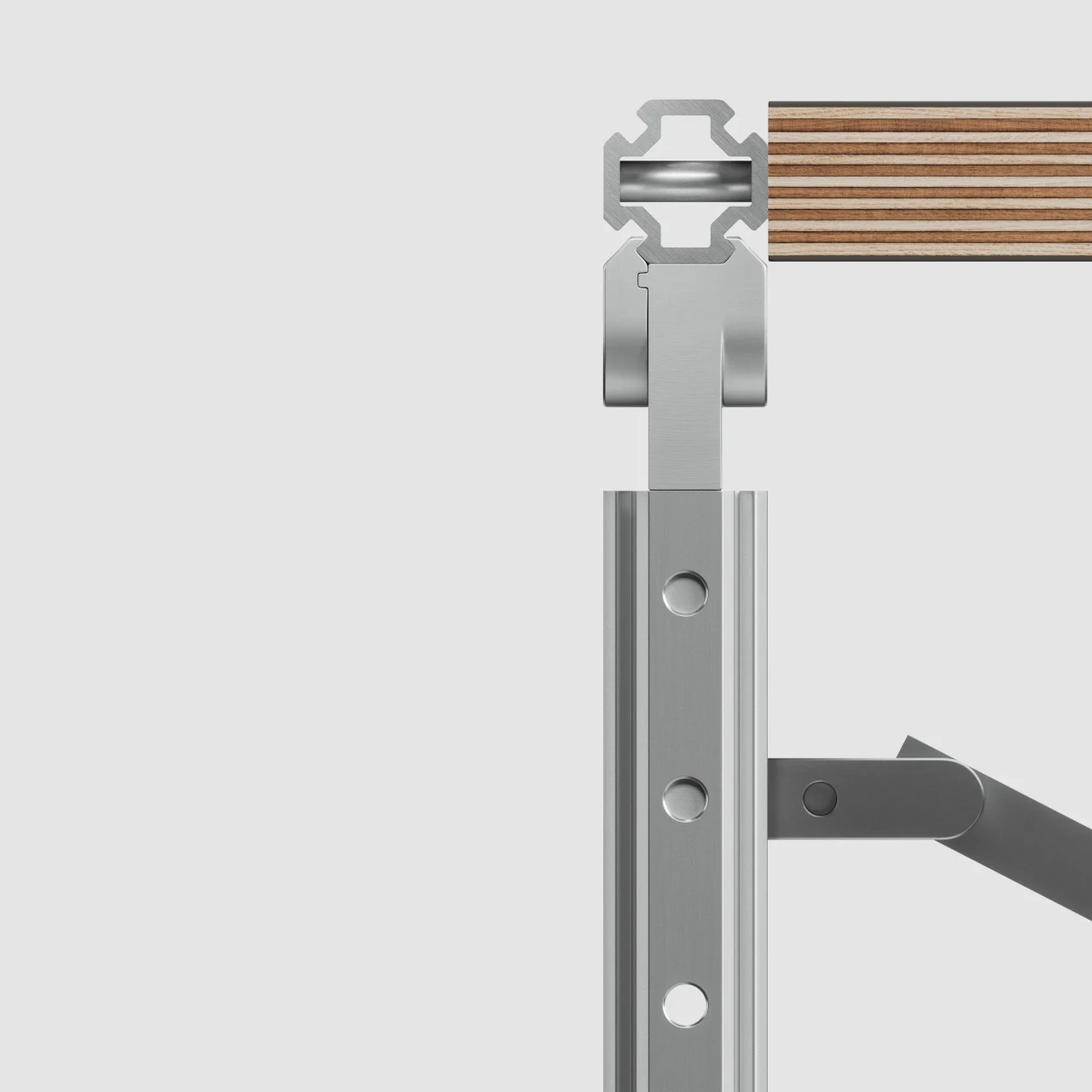
At the moment, there are no ready-made field rail modules that can attach to this desk, but teenage engineering promises they will come soon. That, however, doesn’t stop anyone from creating their attachment designed around standard m5 screws. That is part of the beauty of the field desk’s flexibility, giving anyone the freedom to add what they want and change it as the years go by. Presuming they know how to make such parts on their own, of course.
The field desk’s appeal is further elevated by its sustainability and longevity. All rails and clamps are made with 75% recycled aluminum by Scandinavian manufacturer Hydro, while the tabletop is made from double-sided Formica birch plywood. This means that if the surface is starting to show its age with scratches and stains, simply turn it over and use the other side. With its flexibility and durability, the teenage engineering field desk is designed to grow with you and last a long time, which is probably for the best given its $1,599 price tag.
